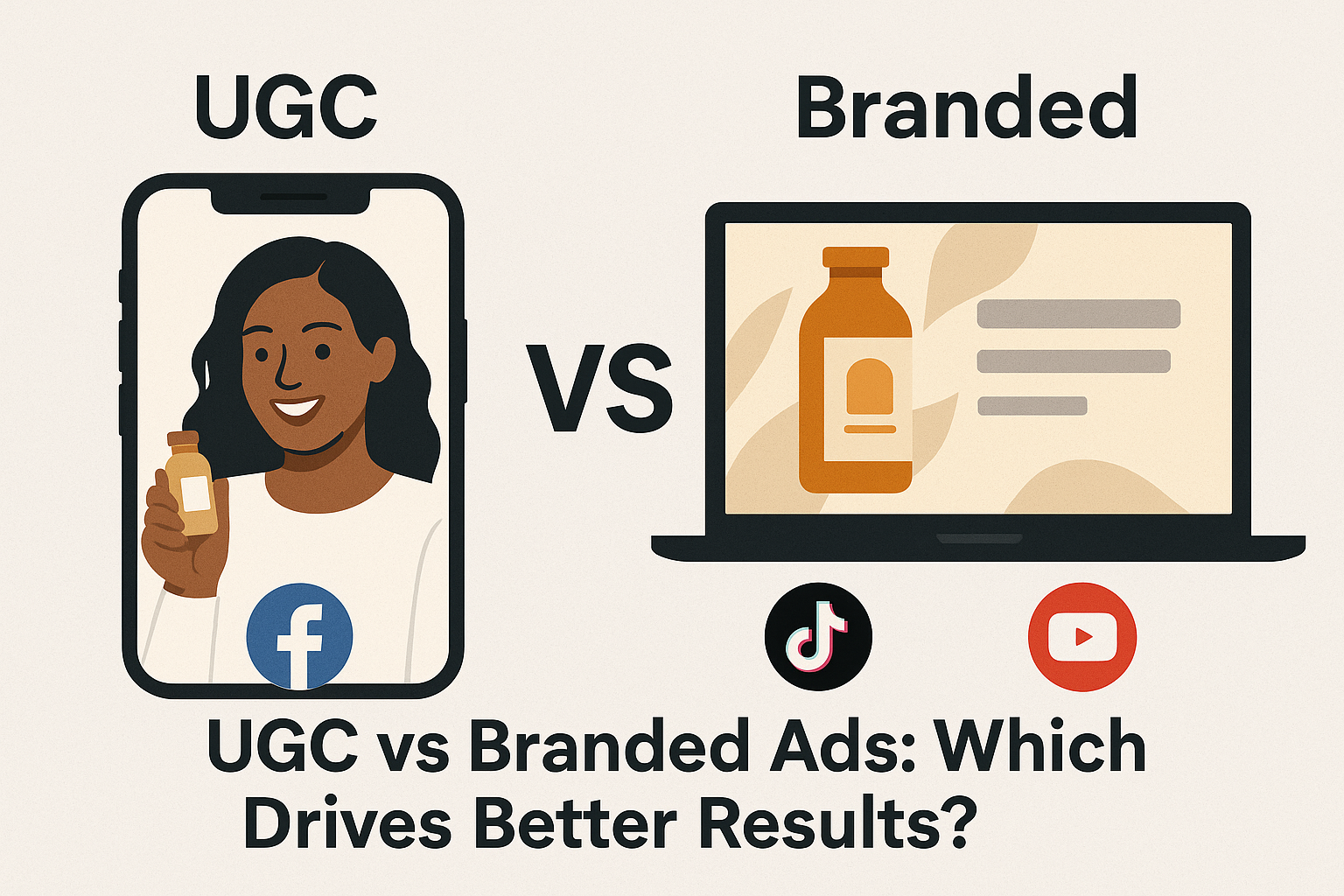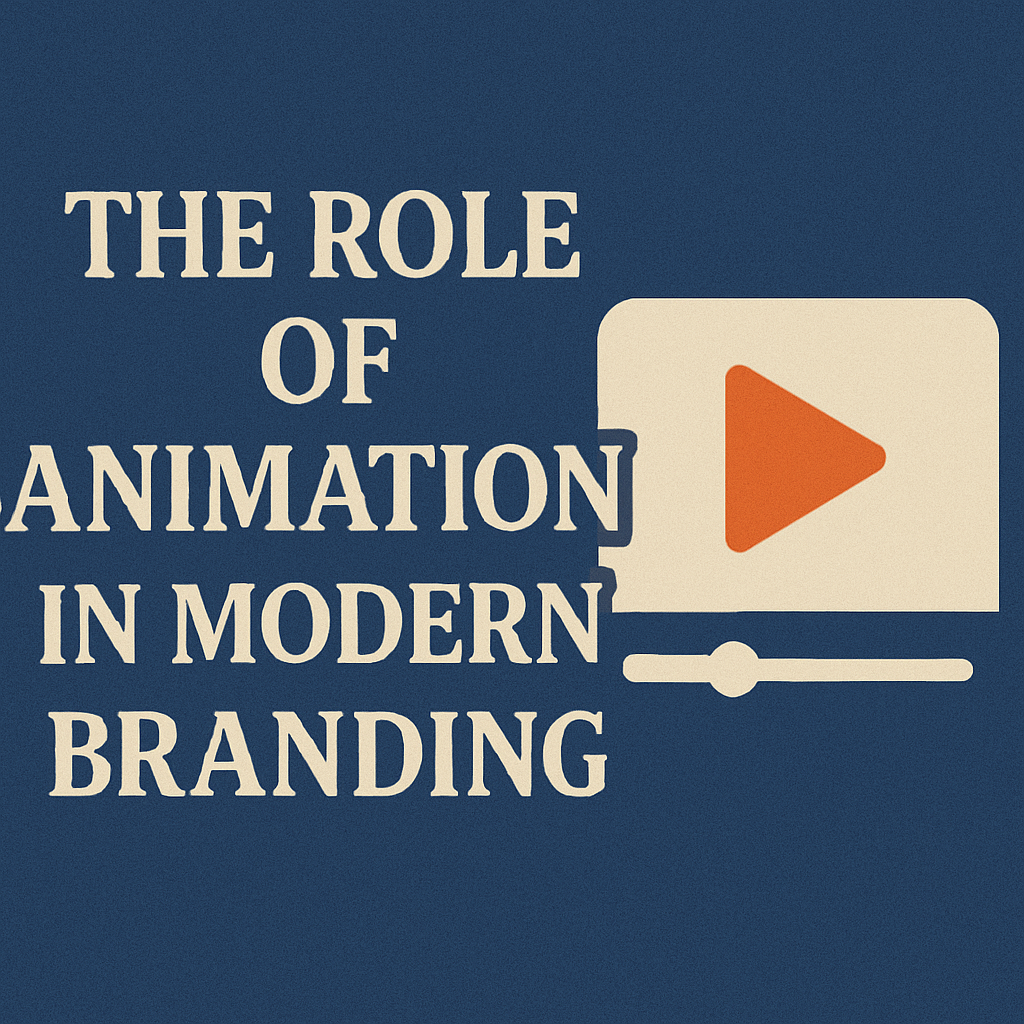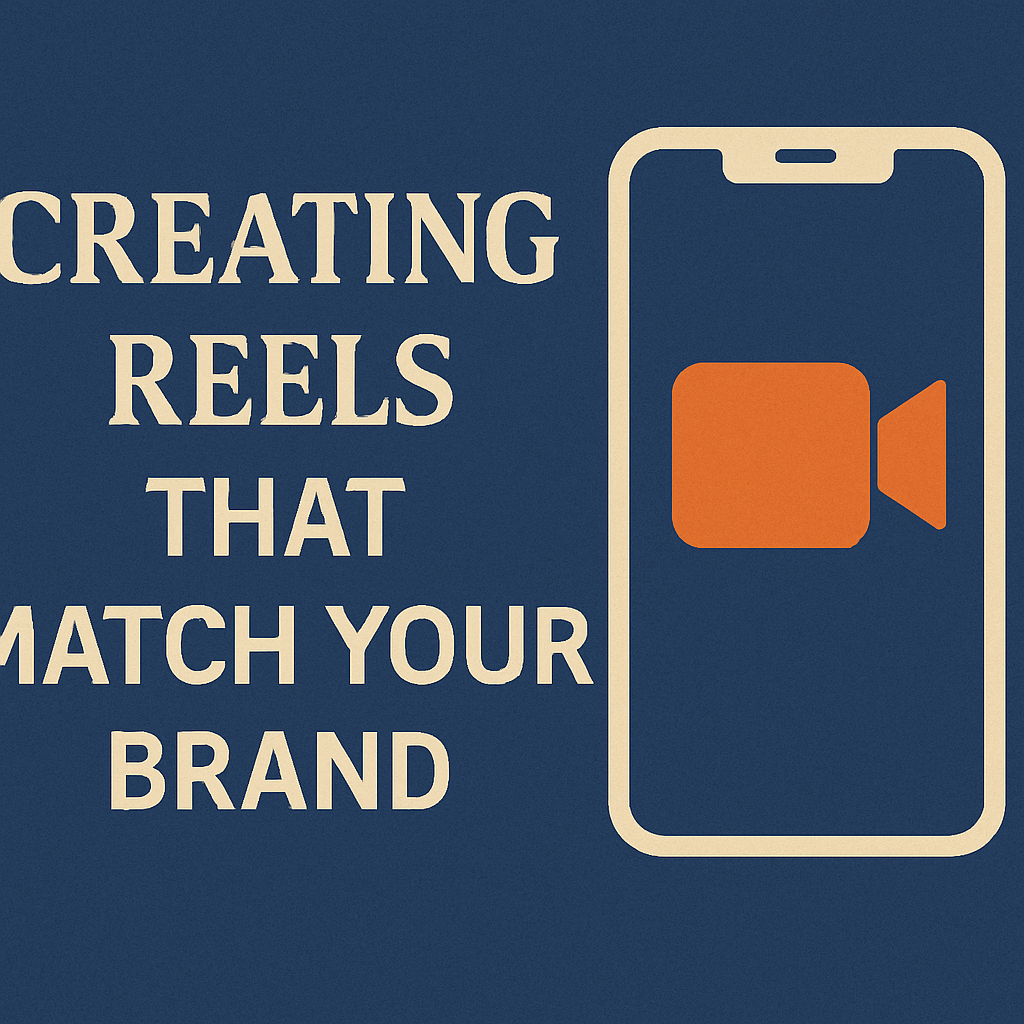
UGC vs Branded Ads: Which Drives Better Results?
In a digital world dominated by fast-scrolling, short attention spans, and increasing ad fatigue, advertisers are under pressure to deliver high-performing creatives that capture attention and convert. As brands scale campaigns across Meta, TikTok, and YouTube, one debate consistently surfaces: UGC vs branded ads which truly drives better results? From global e-commerce brands to bootstrapped startups, the tension between authenticity and polish is clear. User-generated content (UGC) offers relatability, while branded creatives bring consistency and control. But when it comes to ROAS, CTR, and engagement which wins? This deep-dive explores both creative strategies in detail, compares their performance across major platforms, and provides actionable takeaways on how to blend both for maximum impact. What Is UGC (User-Generated Content)? User-generated content is any media created by real users, customers, or influencers that showcases their genuine experience with a product or service. It often includes: UGC has taken over platforms like TikTok and Instagram Reels due to its informal, authentic tone that resonates with modern consumers. Brands either repurpose organic UGC or commission creators to produce UGC-style content. UGC Pros UGC Cons What Are Branded Ads? Branded ads are polished, company-produced creatives that follow brand guidelines, tone, and quality standards. These include: Branded creatives are essential for brand-building campaigns, website banners, and top-of-funnel awareness, especially on YouTube and TV. Branded Ad Pros Branded Ad Cons Performance Comparison: UGC vs Branded Ads Across Platforms Let’s compare how each creative type performs across Meta (Facebook/Instagram), TikTok, and YouTube. Meta (Facebook & Instagram) UGC Ads: Branded Ads: Verdict:UGC outperforms in direct response campaigns. Branded content is ideal for mid-funnel engagement and remarketing. TikTok UGC Ads: Branded Ads: Verdict:TikTok thrives on authenticity. UGC is the clear winner here. Branded ads must emulate TikTok’s native style to succeed. YouTube UGC Ads: Branded Ads: Verdict:YouTube supports branded content more than UGC, especially for top-of-funnel awareness. However, short UGC reels work in YouTube Shorts placements. What the Data Says: Industry Benchmarks Metric UGC Performance Branded Ads Performance Click-Through Rate (CTR) ↑ 3.4% avg. ↓ 1.1–2.0% avg. Cost-Per-Click (CPC) ↓ $0.60 avg. ↑ $1.20+ avg. ROAS ↑ 3–6x 2–4x Engagement Rate ↑ 4–5% ↓ 1.5–2.5% Production Cost $150–$800 $5,000+ According to Meta’s internal case studies and DTC growth brands, UGC often drives 2–3x better ROI compared to branded ads especially for eCommerce products under $150. When to Use UGC Creatives UGC is ideal for storytelling + relatability. It works best when trying to earn trust quickly. When to Use Branded Creatives Use branded ads when visual consistency, emotional storytelling, and brand perception are essential. Blending UGC and Branded for Best Results The top-performing brands don’t choose either/or they blend both in a well-rounded creative strategy. Best Practices for a Hybrid Creative Strategy: Pro Tip: Run A/B tests with the same offer using both UGC and branded versions. Measure performance based on platform behavior (not gut feeling). The Psychological Edge of UGC UGC works not just because it “feels real,” but because of psychological triggers: Challenges in Scaling UGC Despite its performance edge, UGC comes with its own set of operational challenges: To scale UGC: The Rise of UGC Agencies & Creator Marketplaces As demand for UGC rises, creator platforms like Billo, Minisocial, Trend, and agencies that specialize in UGC production have exploded. These platforms offer: Outsourcing UGC doesn’t mean losing authenticity — it means creating repeatable, performance-tested formats. FAQs: UGC vs Branded Ads Q1: Which is cheaper UGC or branded ads?A: UGC is significantly cheaper to produce. UGC costs range from $100–$800 per video, while branded content often exceeds $5,000+ depending on production. Q2: Is UGC only for TikTok?A: No. UGC works across Meta, Instagram, YouTube Shorts, and even display ads. Any platform where consumers scroll quickly benefits from UGC’s native feel. Q3: Can luxury brands use UGC?A: Yes, but carefully. UGC must still align with brand aesthetics. High-end creators or stylized UGC formats can work well for premium positioning. Q4: What kind of UGC performs best?A: High-performing formats include: Q5: Can branded ads ever outperform UGC?A: Yes, especially in top-of-funnel brand-building or video storytelling. High-ticket items also benefit from branded confidence-building creatives. Q6: What’s the best UGC platform for beginners?A: Platforms like Billo, Incense, or Trend are ideal. They offer affordable, vetted creators with simple briefing workflows for UGC beginners. Q7: How often should I refresh UGC ads?A: Every 2–3 weeks is ideal. TikTok and Meta algorithms fatigue fast. High-frequency creative refreshes keep performance strong. The Verdict on UGC vs Branded Ads When it comes to performance, UGC wins in CTR, ROAS, and engagement, especially for scroll-heavy platforms like TikTok and Instagram. However, branded ads are still crucial for reinforcing brand identity, credibility, and storytelling across YouTube and top-funnel campaigns. The smartest marketers understand that it’s not about UGC vs branded ads it’s about using the right format at the right stage of the funnel. To maximize results:


